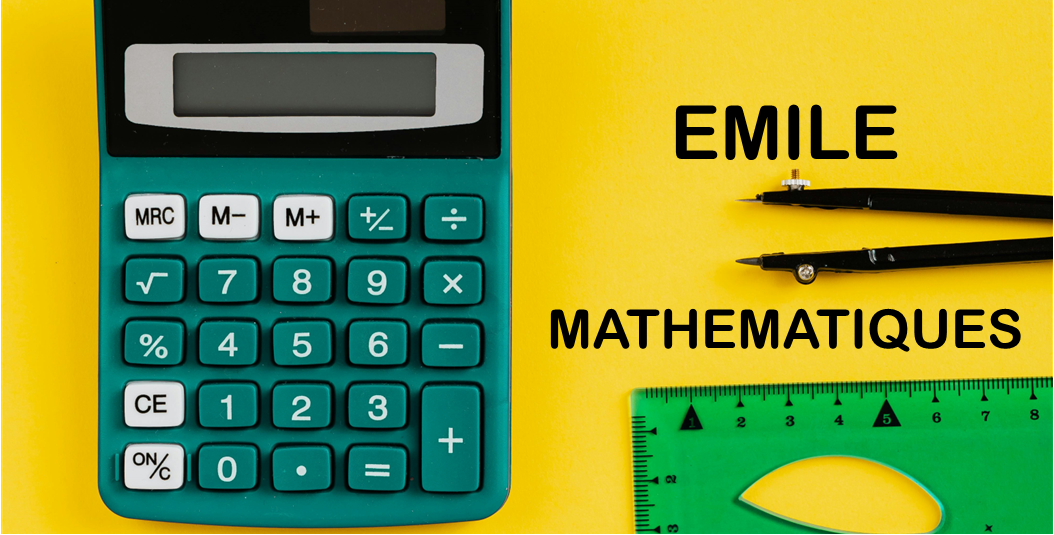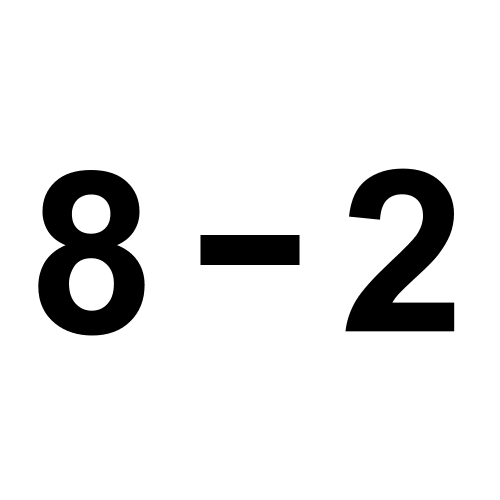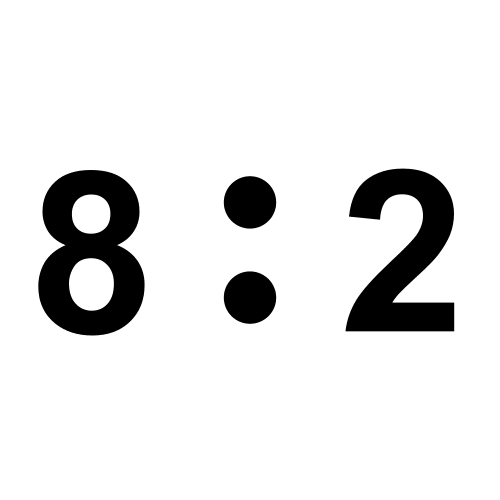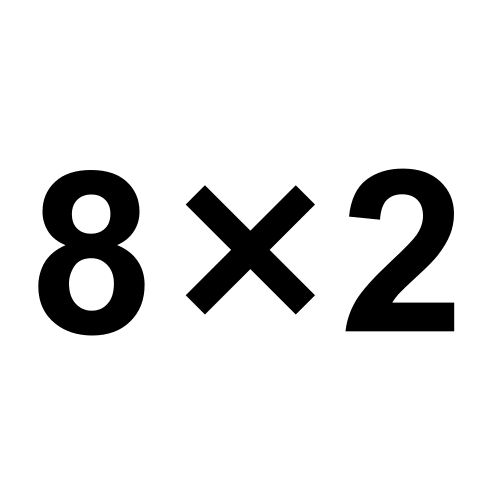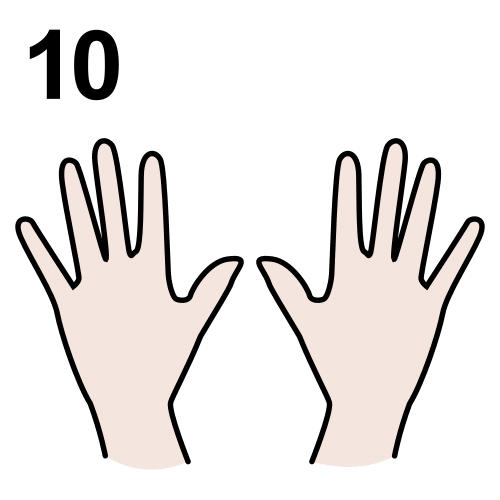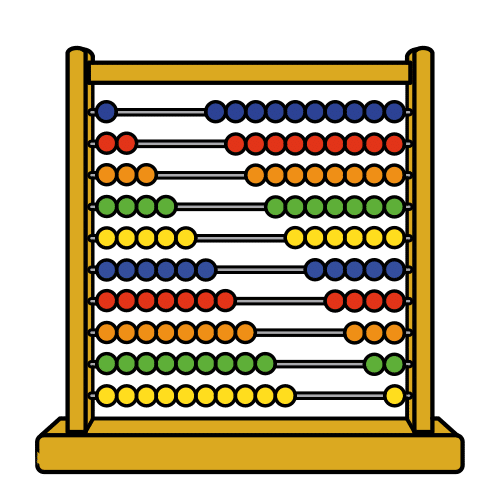espace pédagogique > 1er degré > langues vivantes
EMILE & MATHEMATIQUES : cycle 3
mis à jour le 13/06/2024
mots clés : EMILE, langues vivantes, primaire, DNL, mathématiques
1° Défis mathématiques EMILE en anglais et en allemand
2° Nombres et calculs
- Utiliser et représenter les grands nombres entiers, des fractions simples, les nombres décimaux- Calculer avec des nombres entiers et des nombres décimaux
- Résoudre des problèmes en utilisant des fractions simples, les nombres décimaux et le calcul
3° Grandeurs et mesures
- Comparer, estimer, mesurer des grandeurs géométriques avec des nombres entiers et des nombres décimaux : longueur (périmètre), aire, volume, angle- Utiliser le lexique, les unités, les instruments de mesures spécifiques de ces grandeurs
- Résoudre des problèmes impliquant des grandeurs (géométriques, physiques, économiques) en utilisant des nombres entiers et des nombres décimaux
4° Espace et géométrie
- (Se) repérer et (se) déplacer dans l’espace en utilisant ou en élaborant des représentations- Reconnaitre, nommer, décrire, reproduire, représenter, construire quelques solides et figures géométriques
Nombres et calcul
- Utiliser et représenter les grands nombres entiers, des fractions simples, les nombres décimaux
| illustration | Notions | Ressources | Elements linguistiques |
 | décimaux et pourcentages | Capsule vidéo BBC « How do I compare fractions, decimals and percentages? » | 10 out of 100, can be described as 10 per cent (10%) as a percentage, one tenth (1/10) as a fraction, and as nought point one (0,1) as a decimal fraction. They all mean exactly the same thing. |
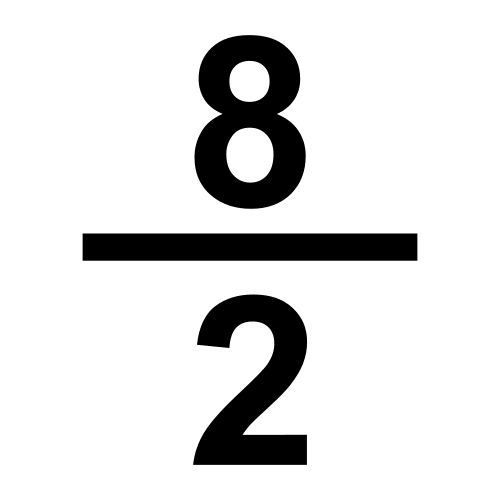 | | Fiches de préparation anglaises « Fractions » for year 2 (10 lessons) | Relate haves and quarters to division – identify the parts of a fraction – identify halves, thirds and quarters of a shape – identify fractions of shapes with different numerators – identify unit fractions of quantity – identify fractions of quantity and shape – identify equivalent fractions - |
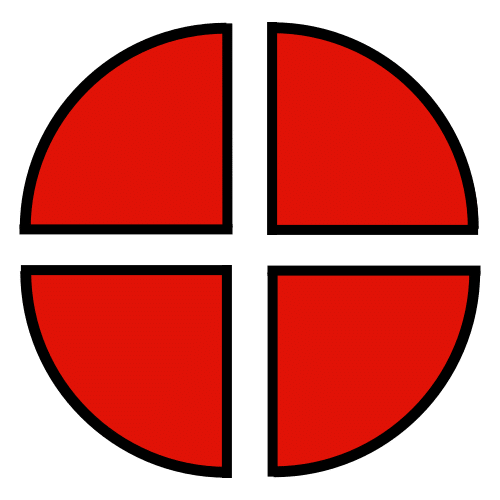 | | Fiches de préparation anglaises « Fractions » for year 3 (15 lessons) | Describe the part whole relasionship – parts that are equal and parts that are unequal – unit fractions – unit and non unit fractions – non unit fractions of quantities – comparing fractions with the same denominator – compare and order – equivalent fractions adding/substracting fractions |
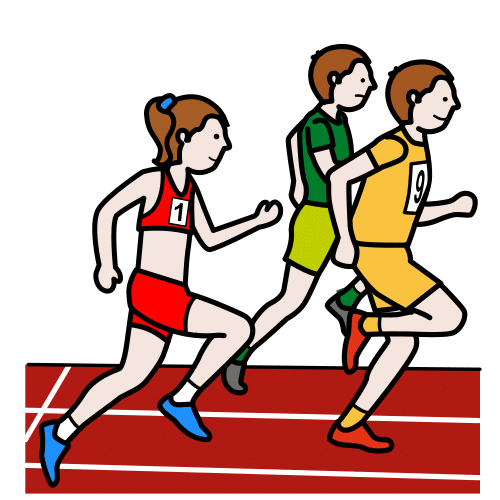 | | Dossier pédagogique EMILE « Tenths marathon in New York City » | One tenth – one hundredth - a die / dice – a strip of paper – fold – read – write - It’s my/your turn - Throw the dice - How much is it? Three tenths. |
- Calculer avec des nombres entiers et des nombres décimaux
| illustration | Notions | Ressources | Elements linguistiques |
| | Calcul mental : addition, soustraction, | Vidéo de séance EMILE Séance |
Minus nine : minus ten plus one – seven times nine |
| |
Calcul mental : les 4 opérations
| Fiche de préparation EMILE |
en allemand
|
| |
Calcul mental : multiplication
| Fiche de préparation EMILE | en allemand
|
| |
Calcul mental :
| Capsule vidéo BBC | What’s 6 times 30? Think of 30 as 3 times 10. Then multiply 6 by the 3, which makes 18. And multiply 18 by the 10. 18 times 10 equals 180
|
| |
Calcul mental : multiplier
| Capsule vidéo BBC | 19 x 5. Split up the 19 (squadrons) into 1 group of 10 and another group of 9. 10 times 5 is 50. And 5 times 5 is 45. 50 add 45 is 95 (ships) altogether.
|
| | Calcul mental : résolution de problèmes (prix)
| Capsule vidéo BBC | 18 credits for the pair. How much for 3 (cakes) ?
|
| | Multiplication avec des
| Fiches de préparation anglaises | Solve problems related to decimals – investigate
|
| | Multiplication avec des nombres décimaux
| Fiches de préparation anglaises | Use a range of multiplication strategies
|
| | Calculs avec des nombres entiers et décimaux
| Fiches de préparation anglaises | Represent decimals – represent multiplication and division by 10, 100 and 1000 – derive addition and subtract decimal facts – add/subtract decimal
|
| | Calcul mental avec des nombres entiers et décimaux
| Quiz interactif pour les élèves | Which of these is the same as 25/1000? What is 25 times 7? 10, 20, 30, 40… What is 0.79 add 0.23? |
Grandeurs et mesures
- Comparer, estimer, mesurer des grandeurs géométriques avec des nombres entiers et des nombres décimaux : longueur (périmètre), aire, volume, angle- Utiliser le lexique, les unités, les instruments de mesures spécifiques de ces grandeurs
| illustration | Notions | Ressources | Elements linguistiques |
 | | Fiche de préparation EMILE « Mathematics : the world of numbers Lesson 1 Metric vs. Customary units » (p192-207) tirée de l’ouvrage Teacher’s guide on CLIL volume 2 (C4C CLIL for children) – year 6 (CM2) | Unit of measurement for length (metric system and customary system): meter, kilometre, centimetre, millimetre, inch, yard, foot, mile, high, long, tall, length Planets: the Earth, the Moon and the sun |
 | Aire et périmètre | Fiches de préparation anglaises « Area and perimeter » for year 4 (lessons 1-10) | Area and perimeter – estimating – calculating – cm2 - m2 |
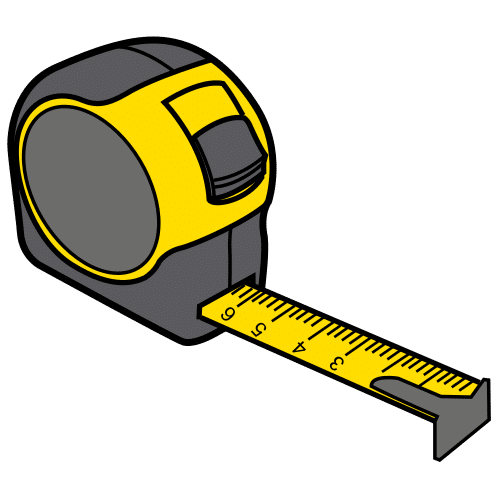 | Utiliser différentes unités de mesures | Fiches de préparation anglaises « Solving measures and money problems » for year 4 (15 lessons) | Choosing appropriate measures – converting between mm and cm/cm and m – capacity and mass – convert the measures - time : marathon training – mone |
 | Volumes | Fiches de préparation anglaises « Volume » for year 5 (lessons 1-5) | Read scales when measuring volume – investigate and explain cubed numbers – estimate the volume of objects – describe volume in cubic units – convert units of volume |
Grandeurs et mesures
- Résoudre des problèmes impliquant des grandeurs (géométriques, physiques, économiques) en utilisant des nombres entiers et des nombres décimaux
| illustration | Notions | Ressources | Elements linguistiques |
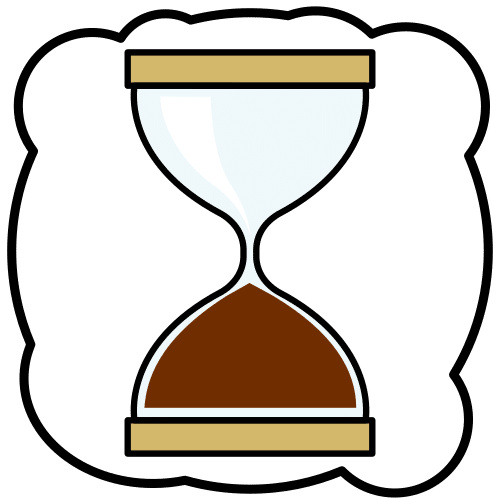 | | Fiches de préparation anglaises « Converting units of measure » for year 5 (15 lessons) | Convert between seconds, minutes and hours/between hours and minutes/between units of length/between grams and kilograms/miles and kilometres/units of mass/between pounds and kilograms – find the perimeter – apply measures and conversions in context |
Espace et géométrie
- se repérer et se déplacer dans l'espace en utilisant ou en élaborant des représentations
| illustration | Notions | Ressources | Elements linguistiques |
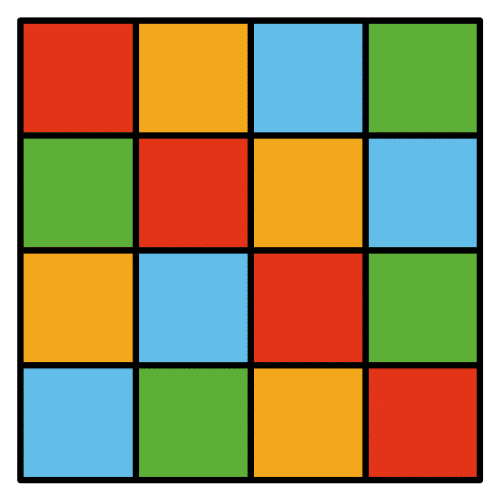 | (coordonnées) | Fiches de préparation anglaises « Position and direction » for year 4 (5 lessons) | Describe positions on a 2-D grid using coordinates – investigate a problem – plot specified points and draw sides to complete a given triangle – describe movements between positions and translations of a given unit to the left/right or up/down |
Espace et géométrie
- Reconnaître, nommer, décrire, reproduire, représenter, construire quelques solides et figures géométriques
| illustration | Notions | Ressources | Elements linguistiques |
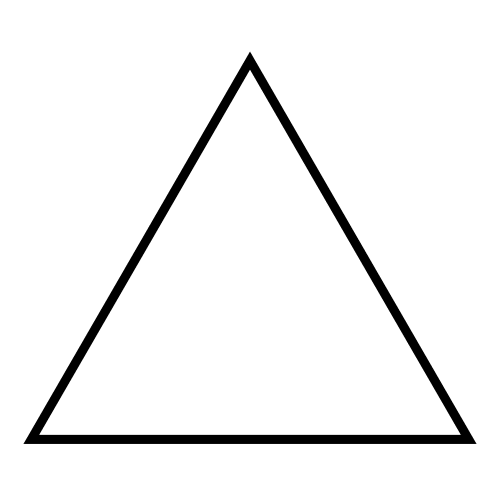 | Décrire quelques figures géométriques | Fiches de préparation anglaises « Shape and symmetry » for year 4 (lessons 6-10) | Compare and classify 2D shapes/quadrilaterals/right angled and equilateral triangles/isosceles and scalene triangles – solve problems using quadrilaterals and triangles |
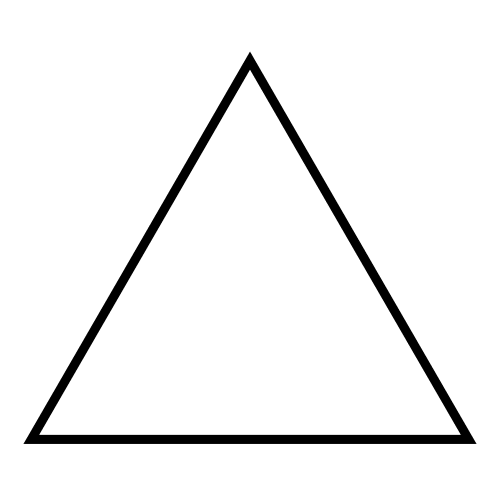 | Décrire quelques figures géométriques | Fiches de préparation anglaises « 2-D and 3-D shape » for year 5 (lessons 1-2 + 3-5) | Identify, describe and classify shapes based on the properties + identify, describe and classify triangles – describe the properties of quadrilaterals |
 | Décrire les solides (prismes et pyramides) | Capsule vidéo fondamentaux Canope « The difference between prisms and pyramids » | Solids prisms : you have got edges, rectangular sides, and two identical faces. Prisms : you have got edges, vertices. The base can have the shape of any type of polygon and all the other faces are triangles. A prism has two identical ends that are identical polygons. All the other sides are parallelograms. As for a pyramid, the base is a polygon, all the other faces are triangles. |
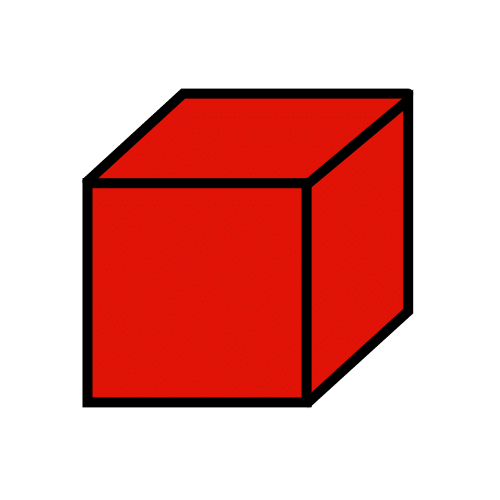 | Construire un pavage | Fiche d’activité bilingue français/anglais (pour élèves anglophones scolarisés en France) « Jeux mathématiques bilingues » | Diamonds : Using four diamonds of each color, form a hexagon while respecting the pattern of the tiles from the picture. Triple diamonds : Fill the cubes below using several pieces from the ”material sheets”. Combinations : Cover the set with the twenty-four pieces of the game. The sphinxes : Cover the scale 2, scale 3 and scale 4 sphinxes with scale 1 sphinxes. Mac-Mahon’s squares : Here is a game formed with 24 squares. Two squares can be placed side by side when the square’s sides have the same color. Using more than 20 squares, form a rectangle. |
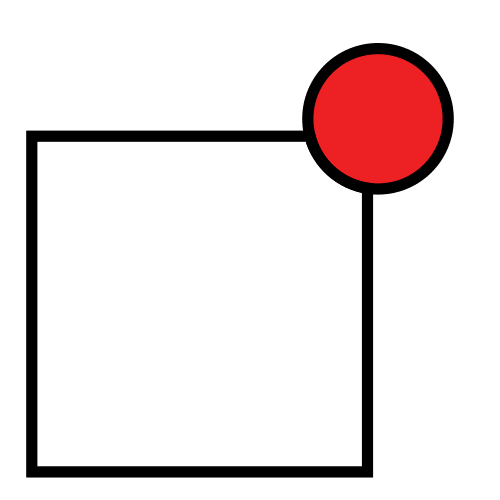 | Patron d'un solide (pavé droit) | Capsule vidéo fondamentaux Canope « Drawing the net of a cuboid » | Draw the outline of your six rectangular faces. We have four outlines of your rectangular faces neatly lined up and the colors show your opposite faces. There are several ways to draw the outlines of a net. Now we just need to cut around the outlines and to fold it up along the edges. |
- Reconnaître et utiliser quelques relations géométriques
| illustration | Notions | Ressources | Elements linguistiques |
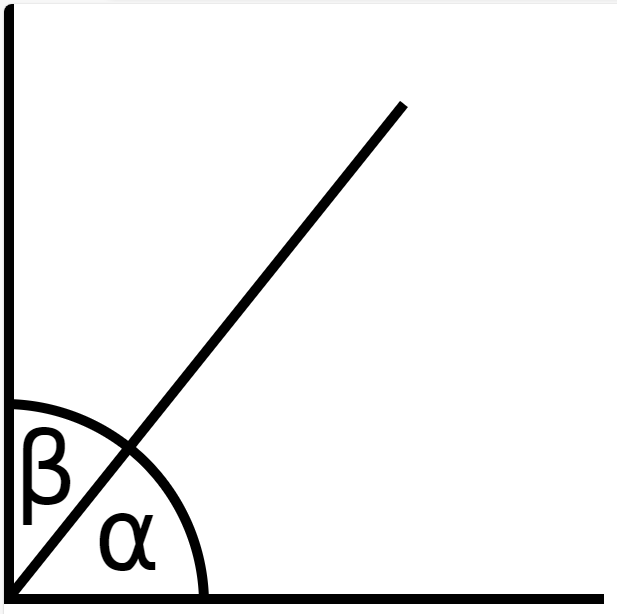 | Les angles | Fiches de préparation anglaises « Shape and symmetry » for year 4 (lessons 1-5) | Compare and order angles – identify right angles/acute and obtuse angles – solve problems based on angles |
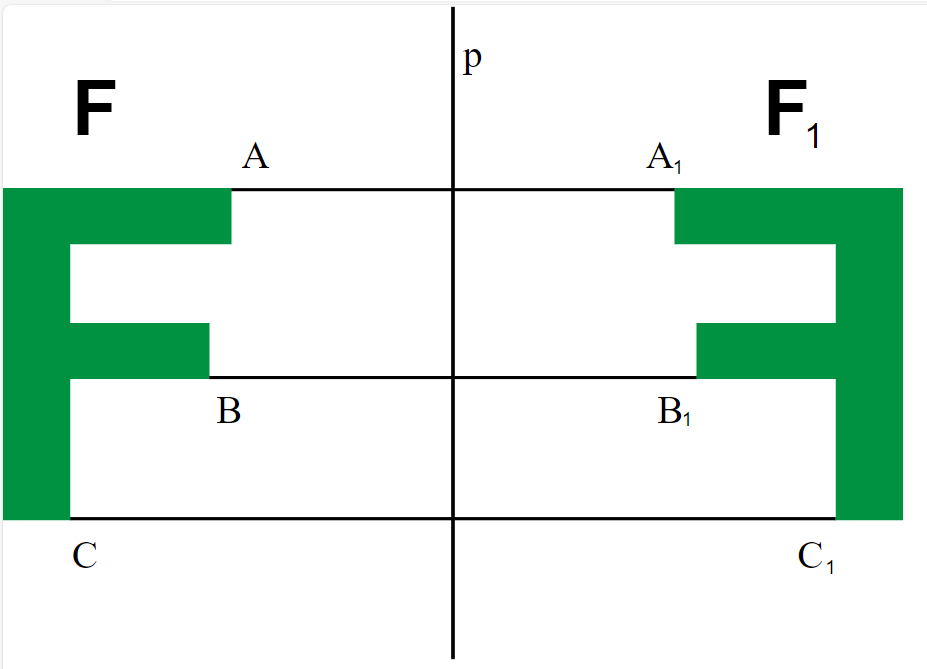 | Axes de symétrie | Fiches de préparation anglaises « Shape and symmetry » for year 4 (lessons 11-15) | Identify lines of symmetry in 2-D shapes/in a pattern – complete a simple symmetrical figure – investigate a problem using symmetry |
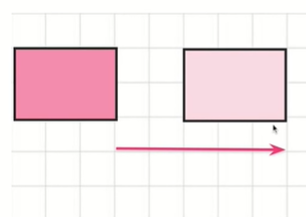 | Axes de symétrie | Fiches de préparation anglaises « Transformations » for year 5 (lesson 6-8) | Identify and describe reflections – describe reflections using coordinates – reflect shapes along axes |
Karine Dahéron - CPDLV Mayenne
éditeur(s) :Vincent Beckmann - CPDLVER Loire-Atlantique
information(s) pédagogique(s)
niveau : tous niveaux
type pédagogique :
public visé : non précisé
contexte d'usage :
référence aux programmes :
ressource(s) principale(s)
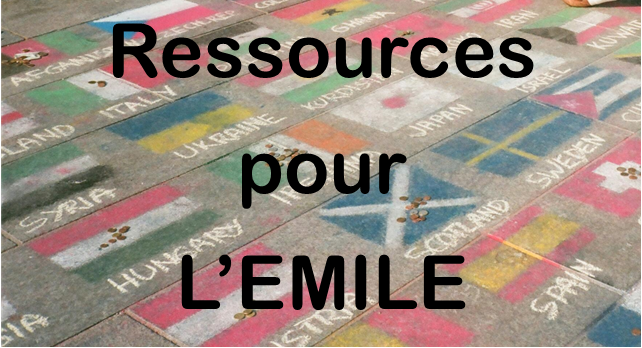
|
Ressources pour l'EMILE (Enseignement d'une Matière Intégré à une Langue Étrangère) | 11/09/2023 |
| Vous trouverez dans ce dossier une compilation de ressources en lien avec l'Enseignement d'une Matière Intégré à une Langues Etrangère (EMILE) au primaire et en lien avec les programmes d' ... | ||
| EMILE, langues vivantes, primaire, mathématiques, DNL, EPS | Karine Dahéron - CPDLV Mayenne | |
pratique d'une langue vivante étrangère - Rectorat de l'Académie de Nantes

 s'identifier
s'identifier
 portail personnel ETNA
portail personnel ETNA
